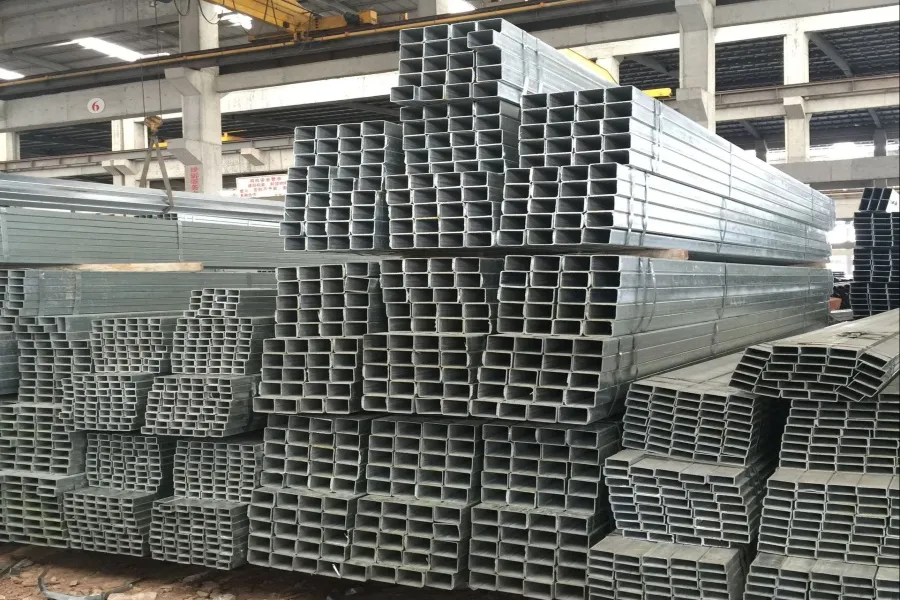
1、 The atmosphere that causes surface decarburization is mainly composed of oxidizing gases such as oxygen, water vapor, and carbon dioxide. When these oxidizing gases come into contact with the surface of galvanized steel pipes, oxidation and decarburization occur simultaneously; Due to the strong affinity between the solid solution carbon in iron and these gases, the carbon on the surface is removed first;
2、 To control the ratio of carbon dioxide to carbon monoxide in the furnace, neither oxidation nor decarburization should be carried out at the equilibrium point. When the proportion of carbon dioxide exceeds the equilibrium point, oxidation and decarbonization occur; When it is below the equilibrium point, oxidation and decarburization do not occur. The specific value of the equilibrium point should be calculated based on the carbon content and temperature of iron;
3、 Since decarburization and oxidation of galvanized steel pipes occur simultaneously, the goal of improving decarburization can be achieved by minimizing contact with air during the heat treatment process;
4、 Injecting neutral protective nitrogen into the furnace is also an effective measure. Nitrogen entering the furnace can disperse oxidizing gases in certain sections, while maintaining positive pressure inside the furnace, preventing air infiltration, and reducing or avoiding decarburization of galvanized steel pipes;
5、 The oxide scale, rust, and residue on the surface of galvanized steel pipes after cold drawing will also decompose and react to produce some oxidizing gases when heated in the furnace. By purposefully controlling the atmosphere inside the furnace to be in a reducing state, surface decarburization can be effectively avoided.
At Ruide Steel, we implement strict protective measures throughout production, handling, and storage to ensure the longevity and quality of our galvanized steel pipes. Here’s how we safeguard the surface integrity:
1. During Production
Controlled Galvanizing Process:
We use hot-dip galvanizing with precise zinc bath temperature control to ensure a uniform, defect-free coating.
Post-galvanizing, pipes undergo air cooling in a clean environment to prevent coating damage.
Surface Inspection & Repair:
Every pipe is inspected for coating thickness, adhesion, and smoothness (per ASTM/ISO standards).
Minor imperfections are repaired using zinc-rich paints or cold galvanizing compounds to maintain corrosion resistance.
